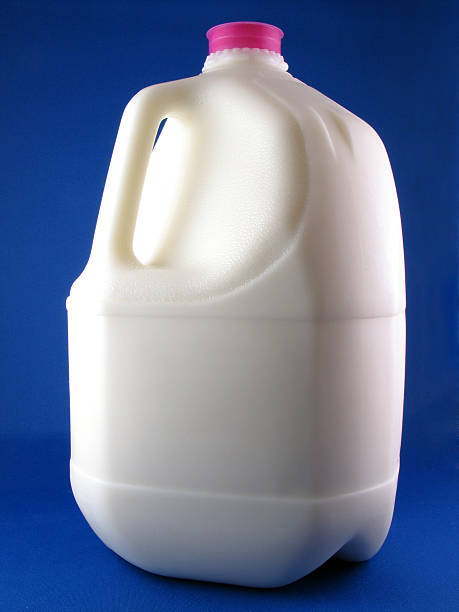Have you ever wondered how much a gallon of milk weighs and why? It might seem like a simple question, yet the answer is more complex than you’d think. From the type of milk you buy to the temperature at which it’s stored, several factors influence the weight of that creamy gallon. Before you grab that jug at the grocery store, let’s unpack the science behind the weight of milk and discover some interesting facts.
The Basics of Milk Weight
To know how much a gallon of milk weighs, we need to understand physics and chemistry basics. On average, it’s about 8.6 pounds. But, to fully understand its weight range, we need to explore some scientific ideas.
Understanding Density and Volume
Density is about how much stuff is packed into a certain space. For example, milk has a lot of nutrients but not as much water, making it denser and heavier than water in the same amount. Volume, like a gallon, stays the same, but when you mix it with density, you get weight. So, denser liquids are heavier for the same volume.
The Role of Temperature in Milk’s Weight
Temperature affects how things change size and weight. When something gets hot, its parts spread out, making it lighter. When it’s cold, parts come closer together, making it heavier. These small changes are important for careful people or scientists.
Gallon Of Milk Weigh
The weight of a gallon of milk can vary based on several factors, including its fat content and temperature. Here’s a breakdown:
- Standard Weight: A gallon of whole milk usually weighs around 8.6 pounds (3.9 kilograms). This measurement is for milk at a standard temperature, typically around 39°F (4°C).
- Fat Content:
- Whole Milk: As mentioned, it weighs about 8.6 pounds.
- 2% Milk: This is slightly lighter, usually weighing around 8.5 pounds (3.85 kg).
- 1% Milk: This will weigh about 8.4 pounds (3.81 kg).
- Skim Milk: It can weigh around 8.3 pounds (3.76 kg).
- Temperature Effects: As temperature increases, the density of milk can change slightly, which may affect its weight. Colder milk is denser and may weigh a bit more compared to milk at room temperature.
- Volume Variations: A gallon is a measure of volume, but when it comes to density (mass per unit volume), milk’s composition (water, fat, proteins, etc.) influences its overall weight.
- Practical Implications: Knowing the weight of a gallon of milk is useful for cooking, baking, or even shipping and handling. It helps estimate shipping costs or calculate nutritional information based on servings.
Overall, while the average weight of a gallon of milk is about 8.6 pounds, variations exist due to fat content and temperature.
Also, Read
Conclusion
Milk is more than a staple in our daily diets; it’s a fascinating subject when you dive into the science behind its weight. Understanding how much a gallon of milk weighs adds a layer of appreciation to the complexity of this common commodity.
The weight isn’t static—it can vary slightly due to the protein, fat content, and temperature. Next time you pour yourself a glass or carry a gallon home from the store, you’ll know there’s more than meets the eye!


